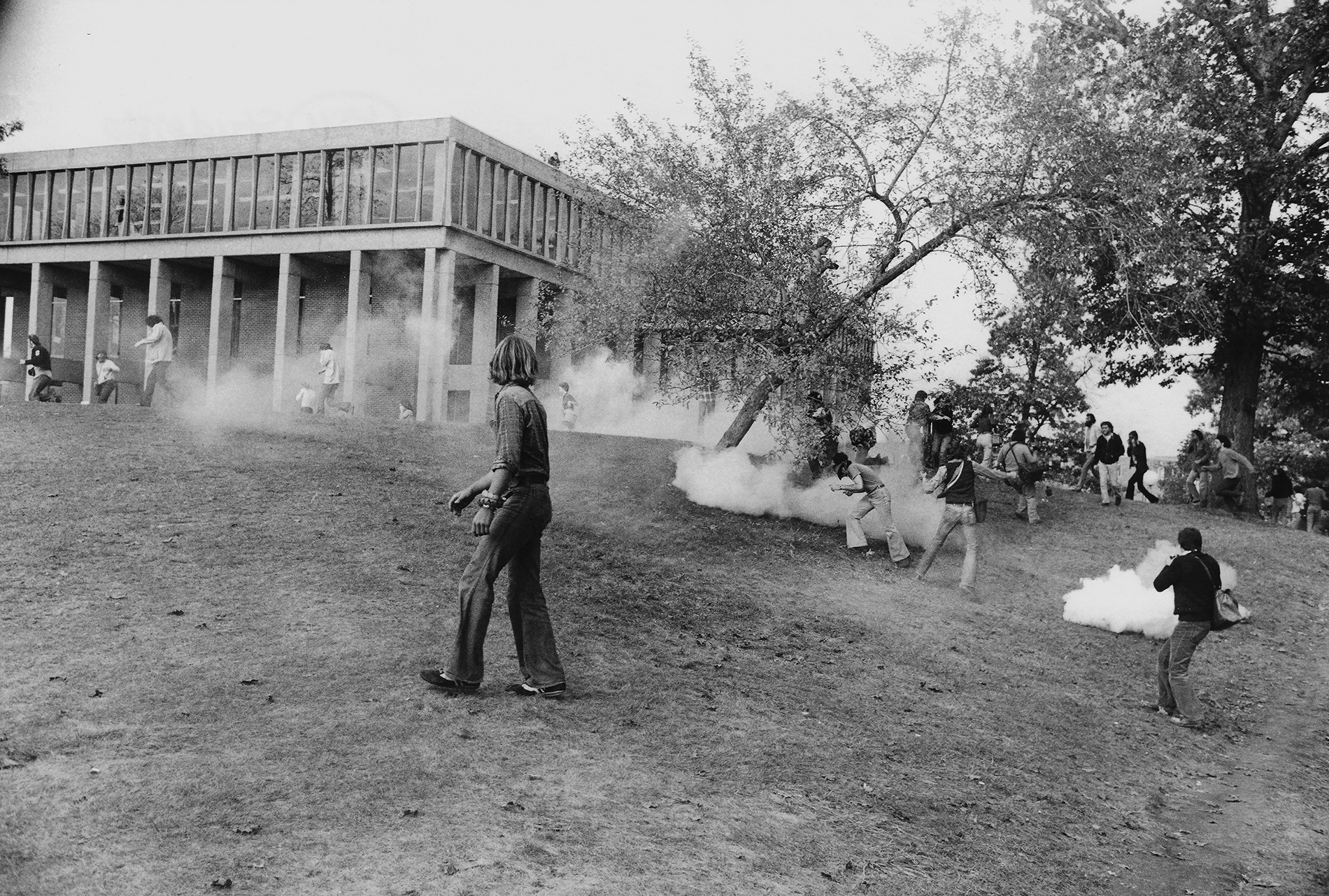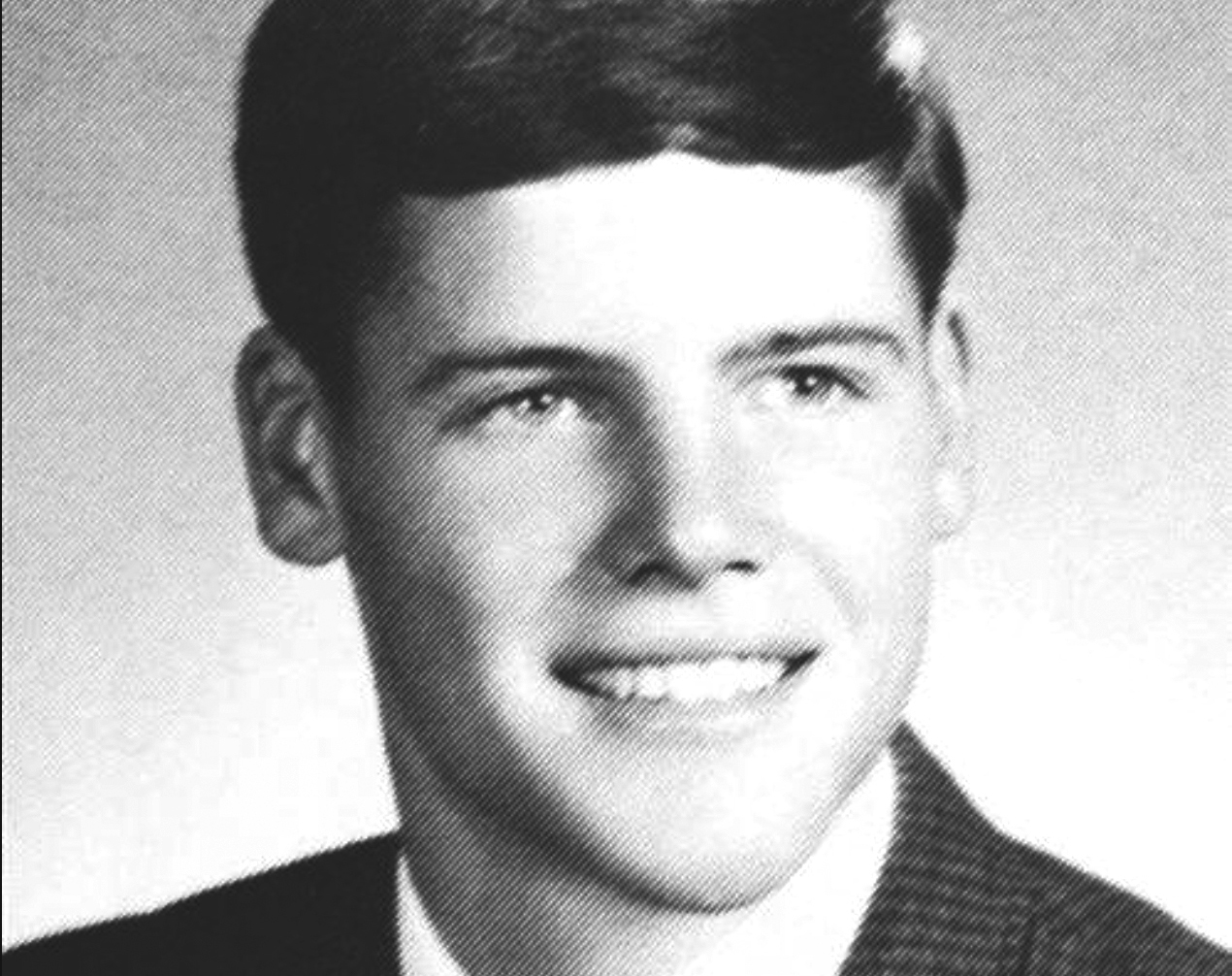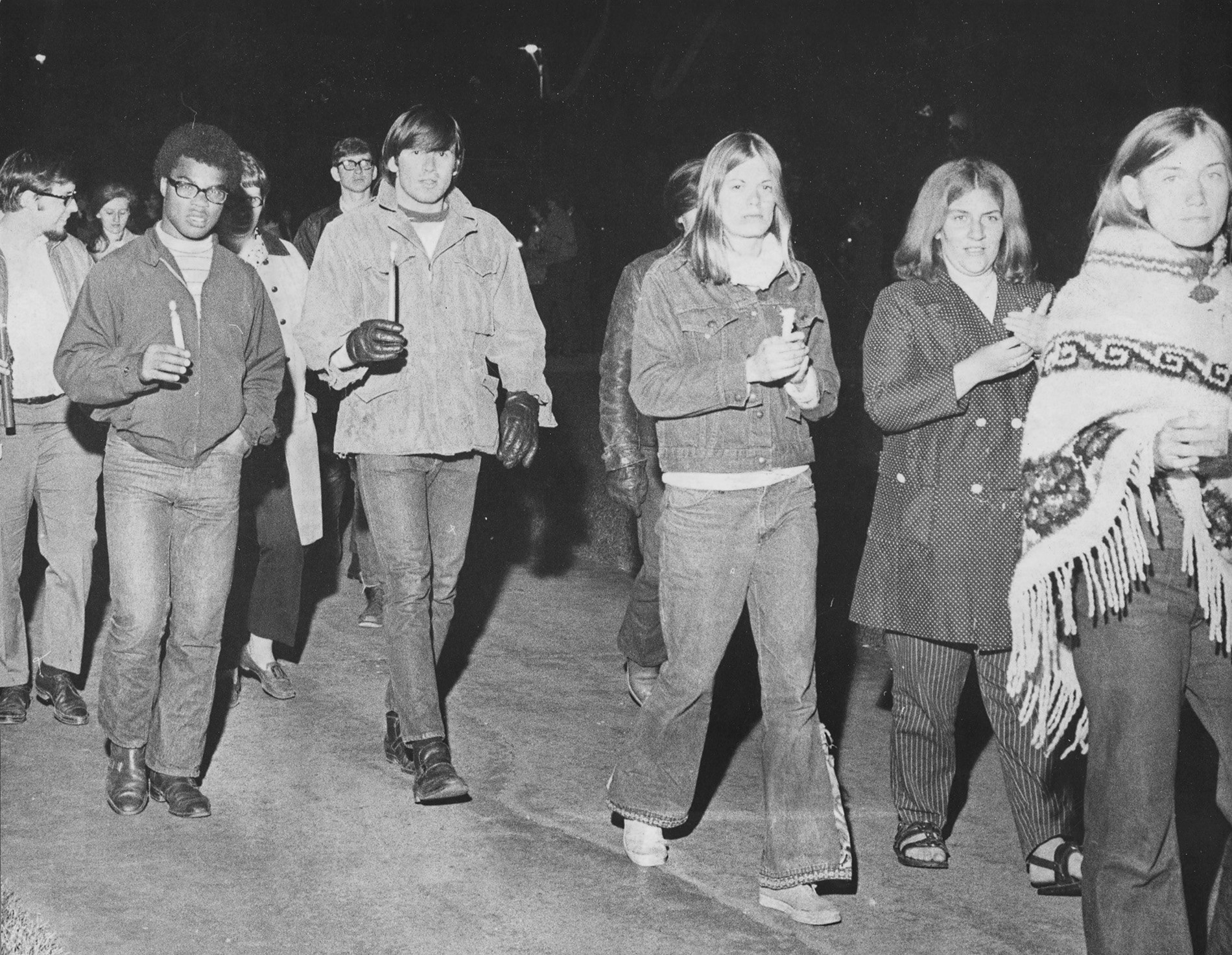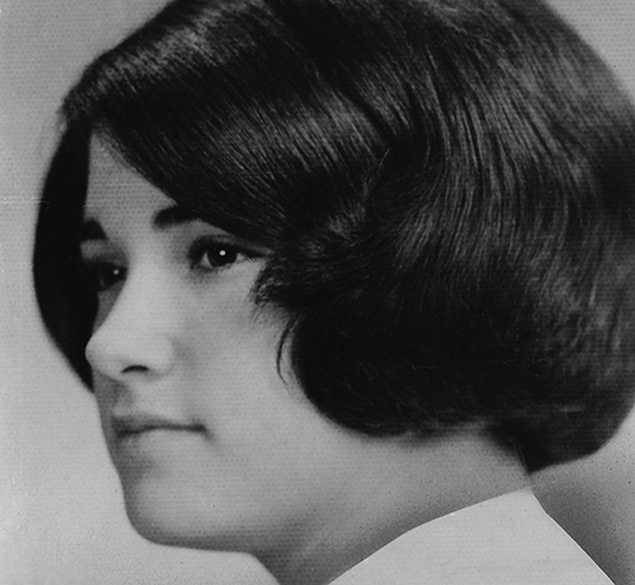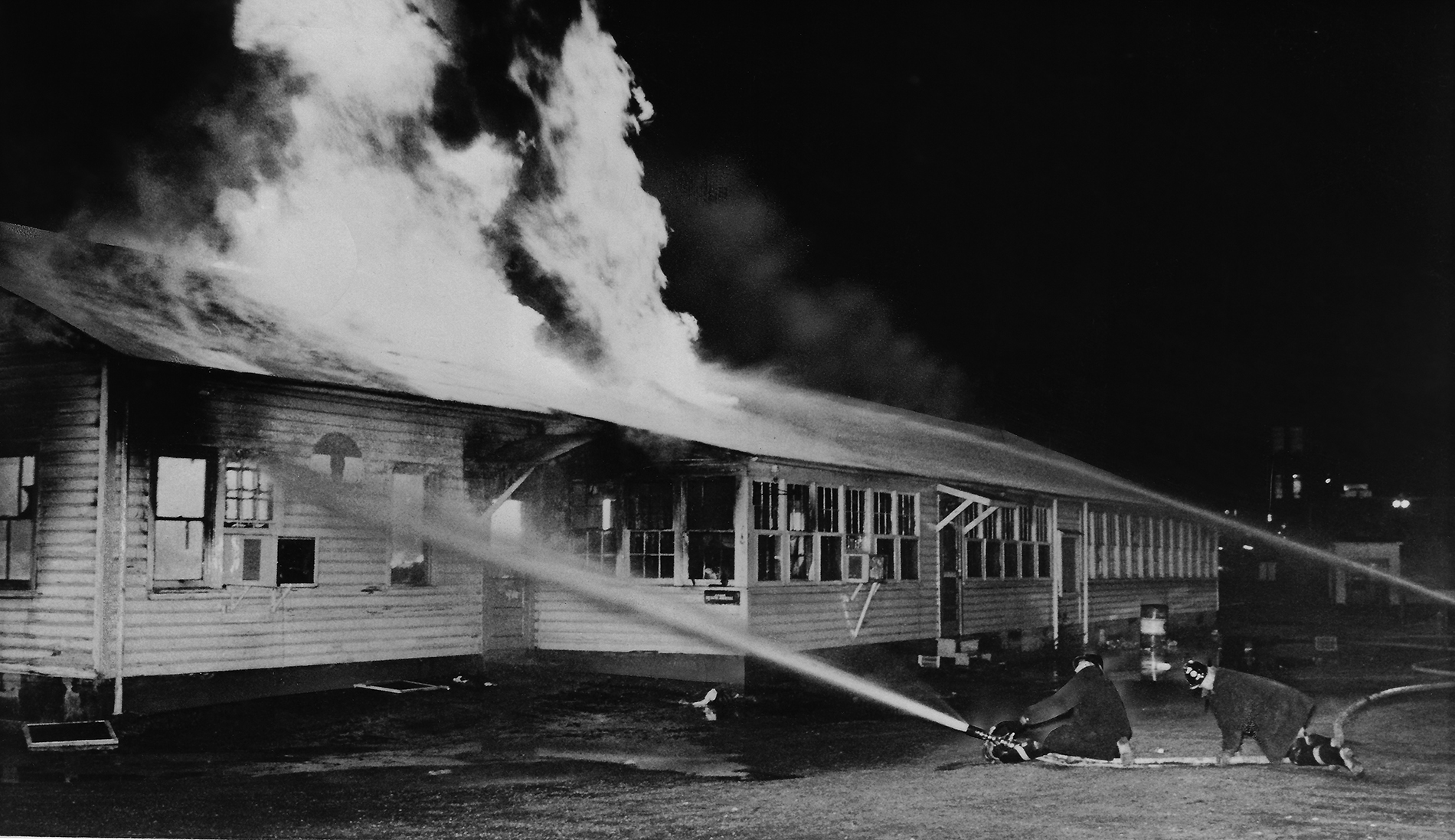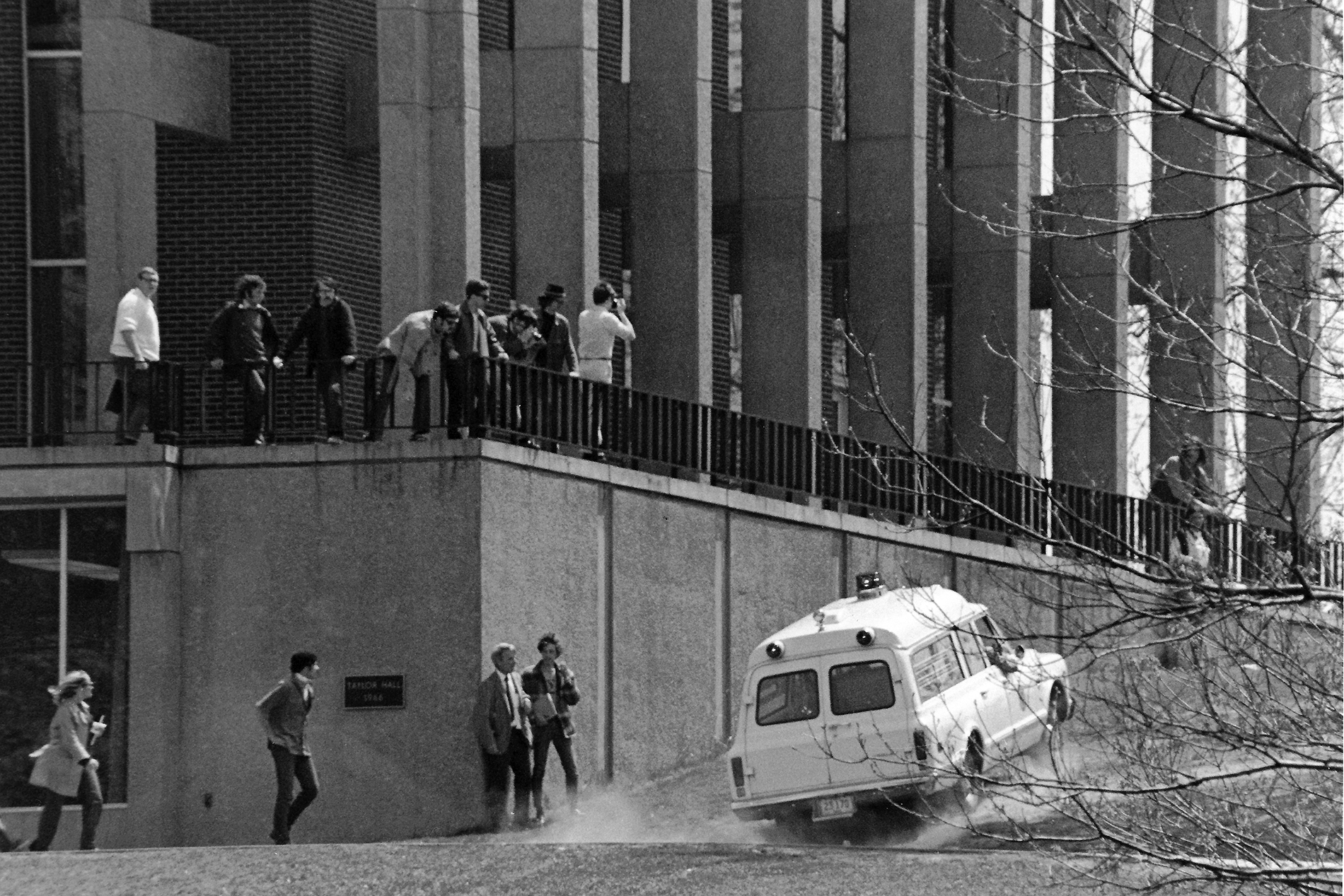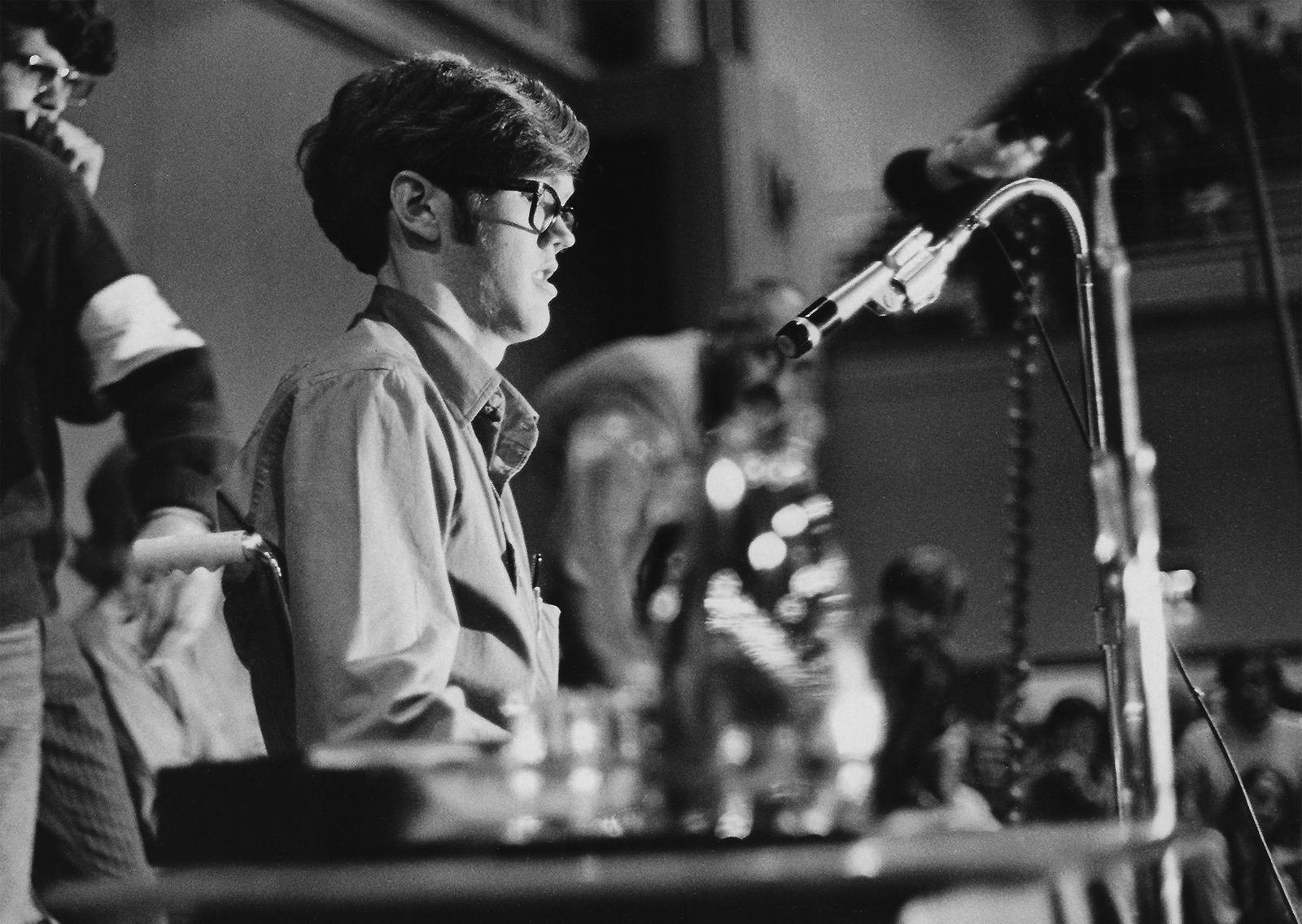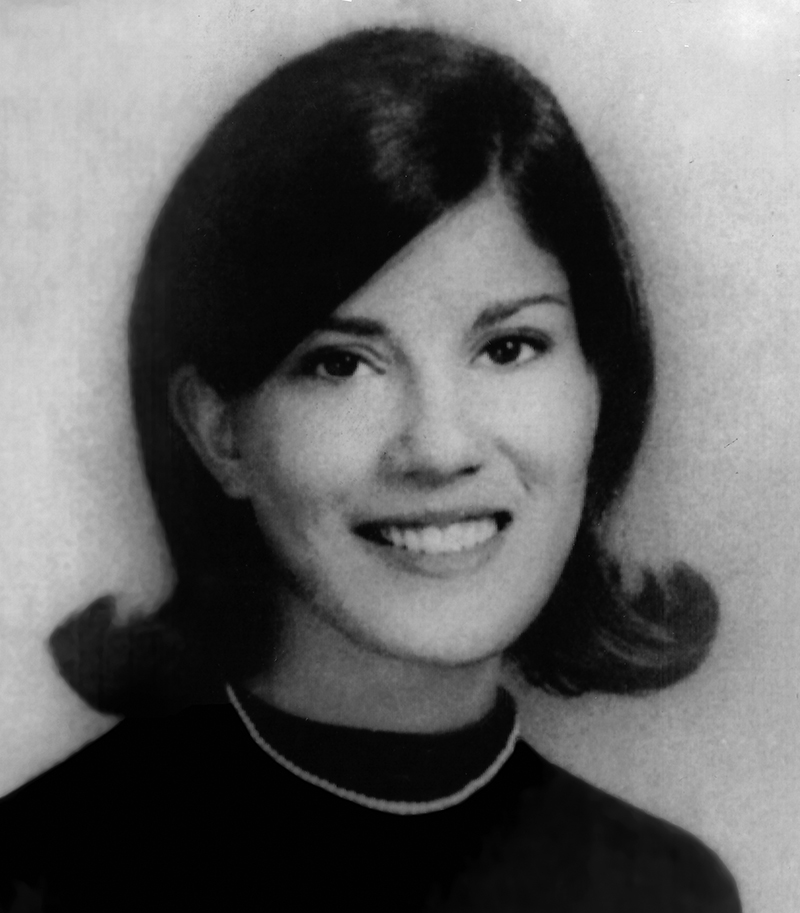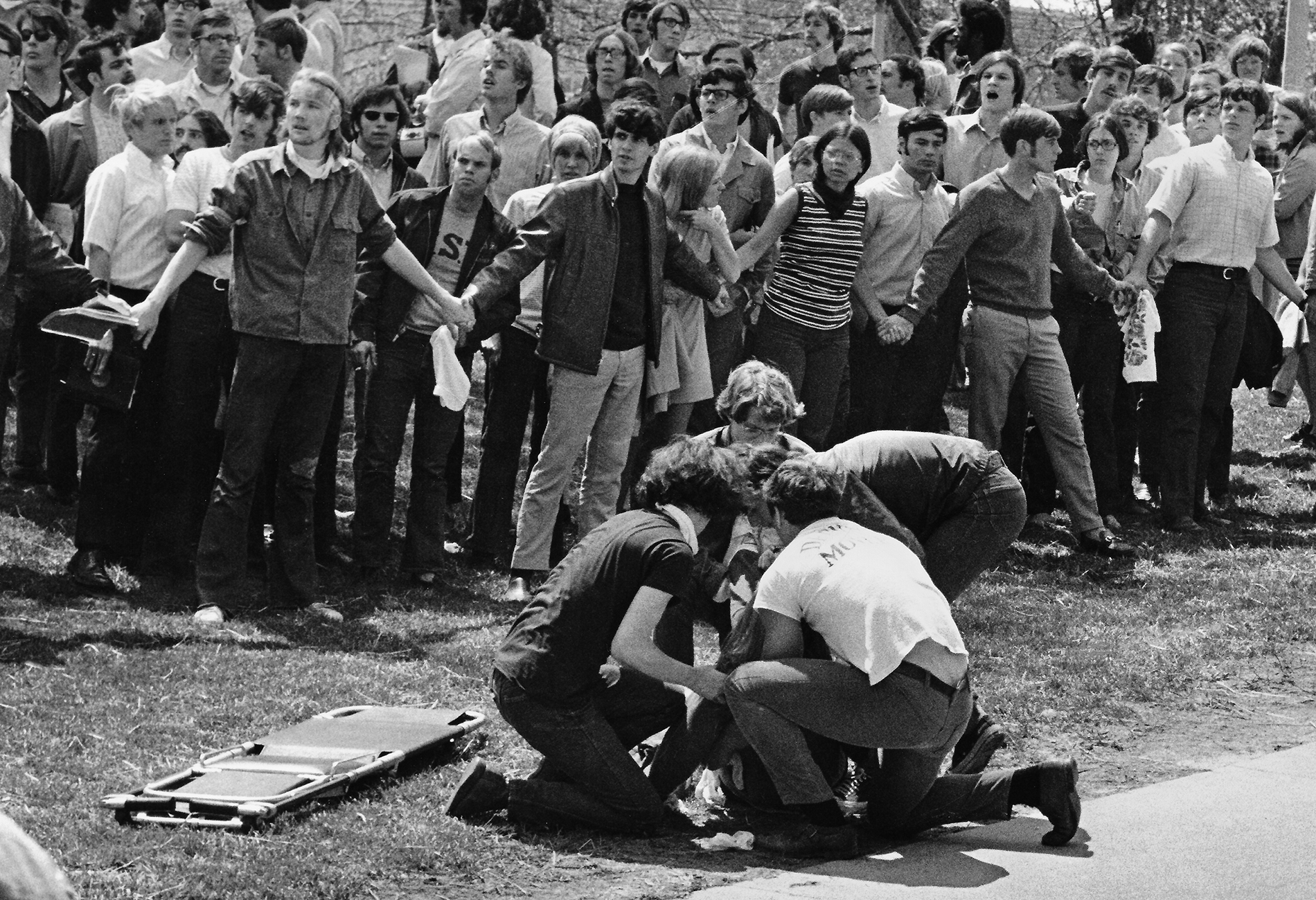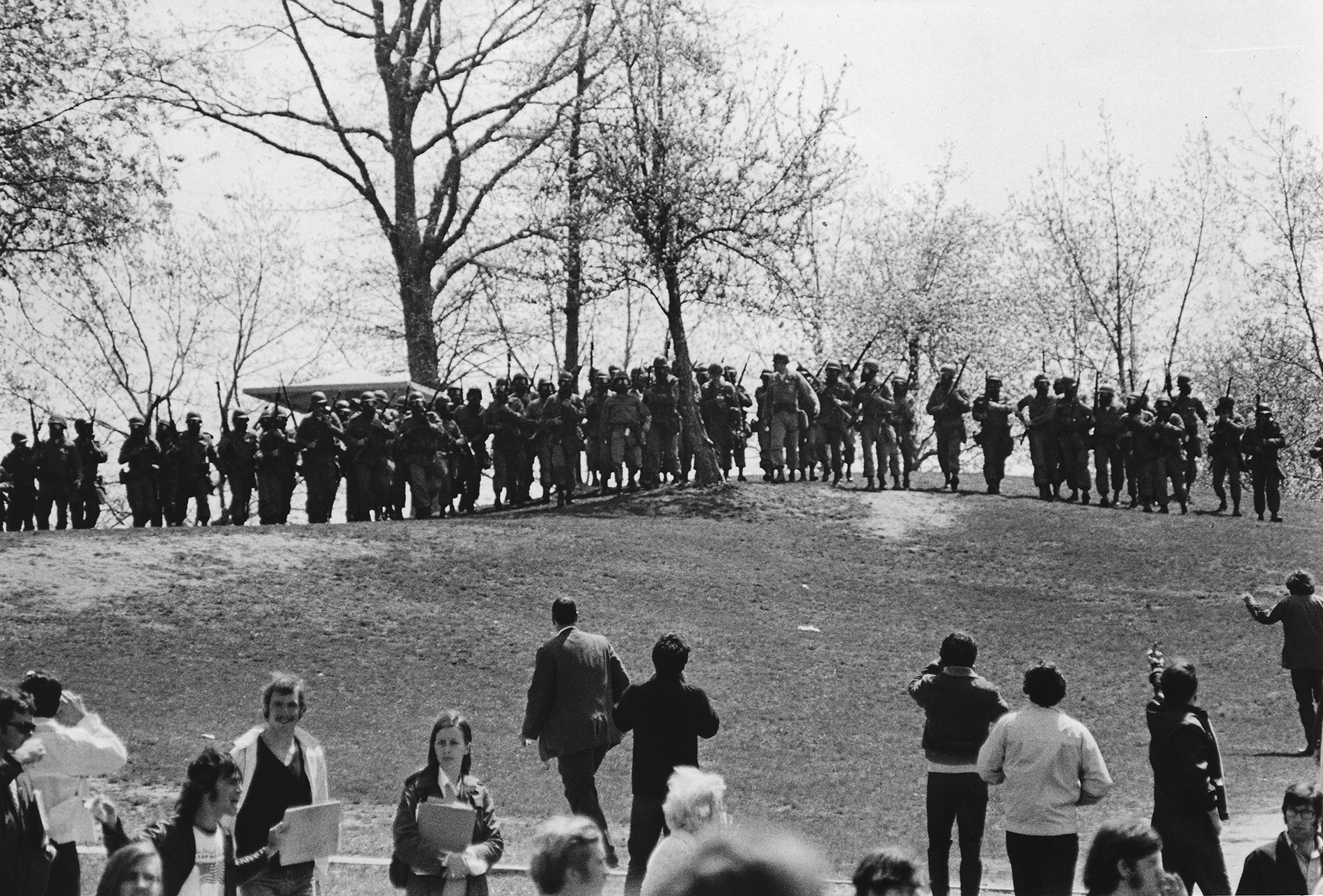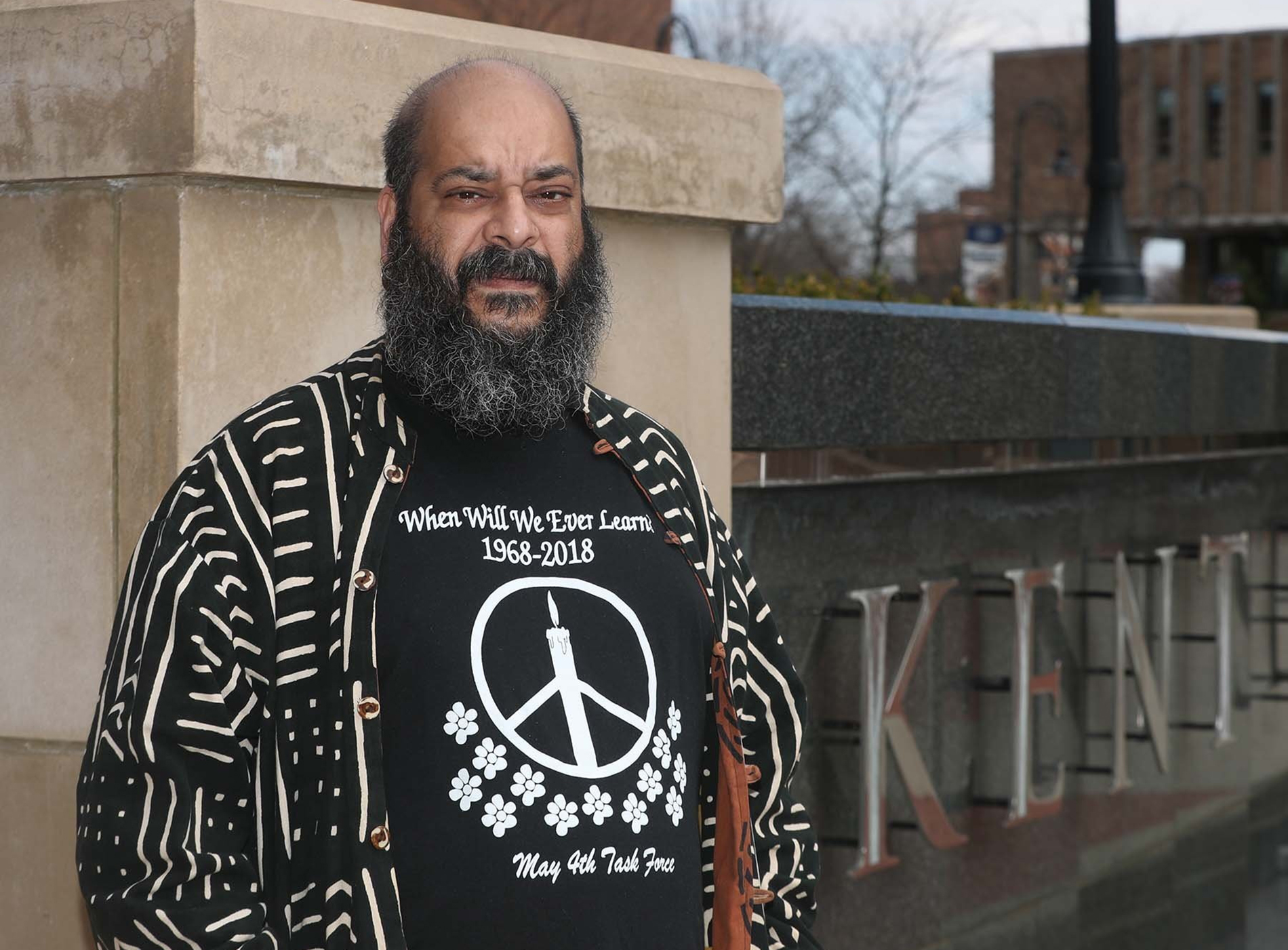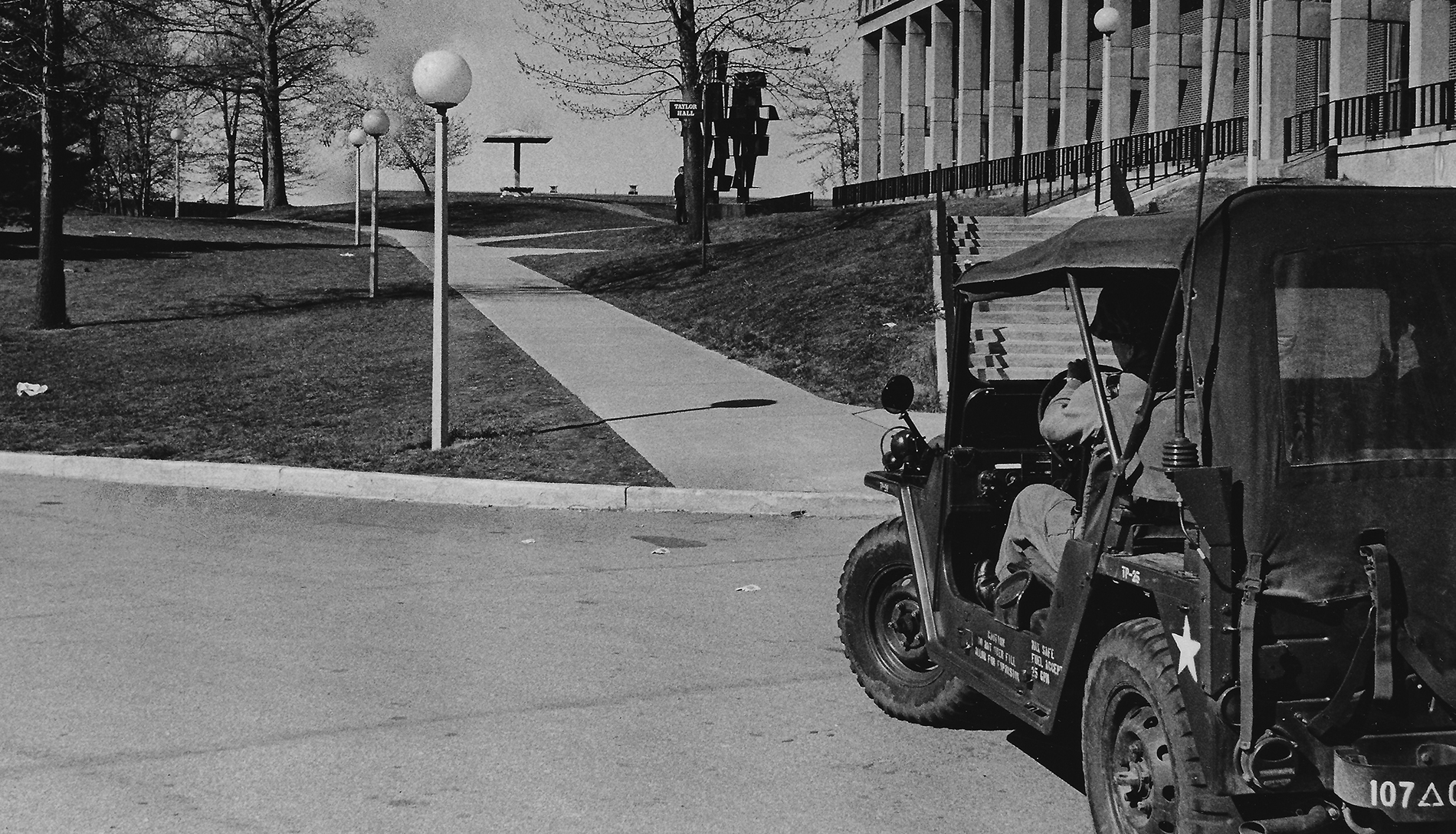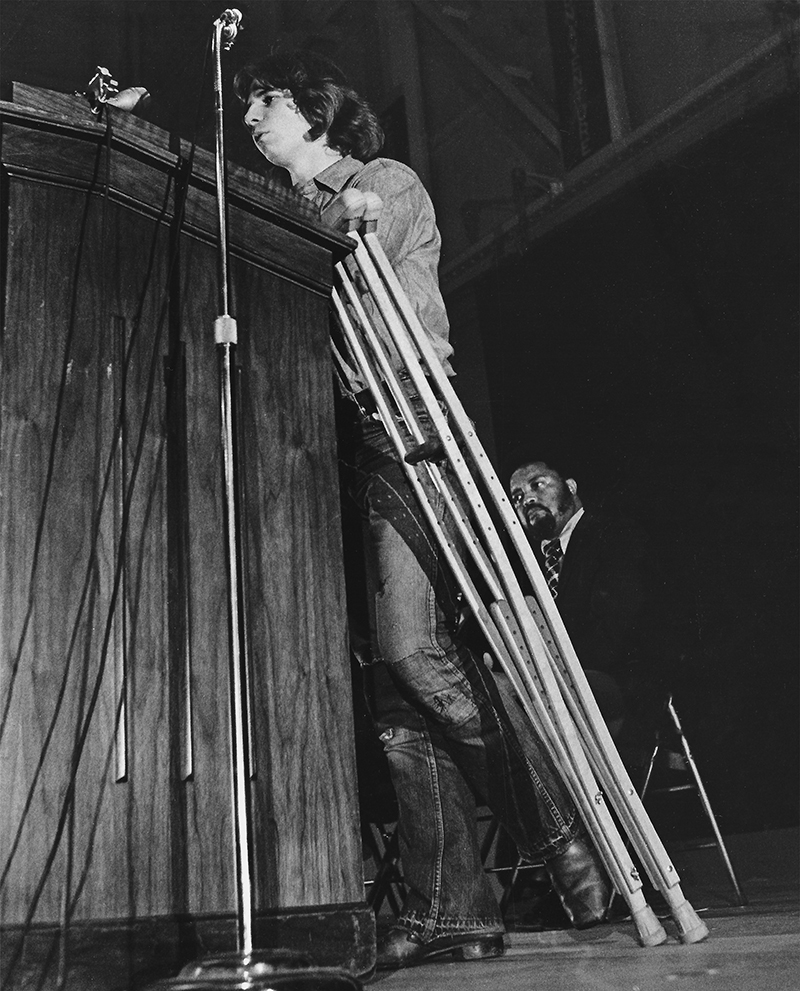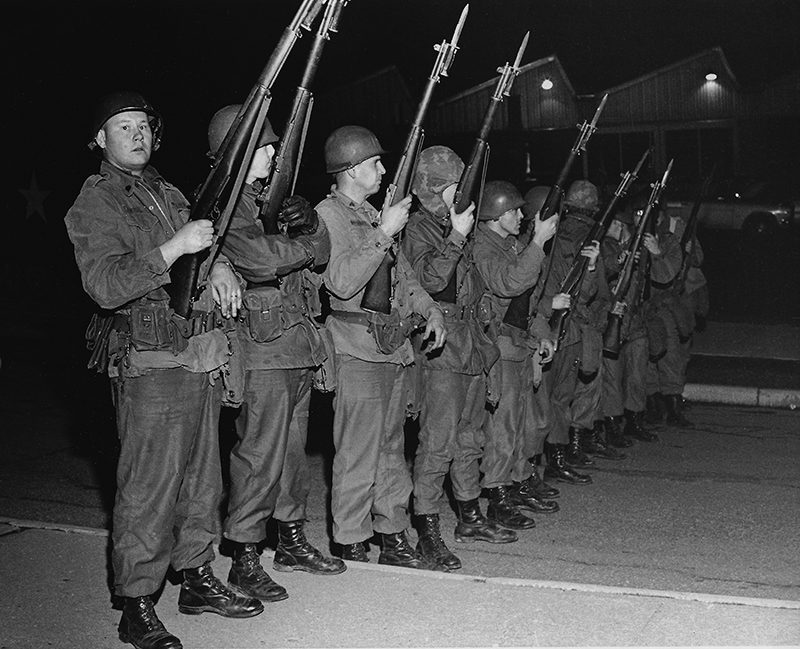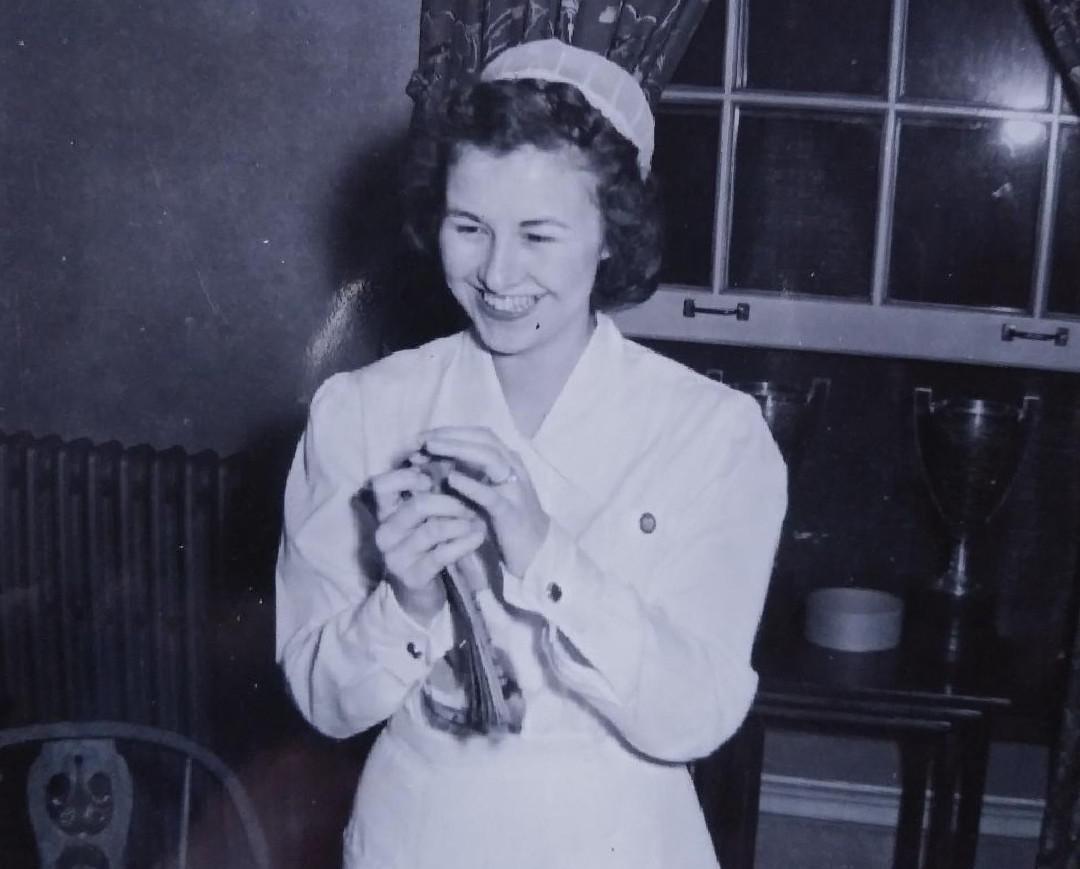Kent State shootings survivor has spent 50 years studying student activism
By Kerry Clawson, Akron Beacon Journal
May 3, 2020
Tom Grace, a wounded survivor of the Kent State shootings, told his story of May 4 so many times that he was ready to move on to the bigger picture — exploring the origins of the student protest movement at Kent State.
“It’s a subject to which I’ve directed scholarly energy for a long time,” Grace said of the shootings and student activism that came before. “I’m far more interested in telling the larger stories. After going through this [telling his story] for five decades, to a certain extent you get talked out.”
Grace, a history professor at SUNY Erie Community College in Buffalo, wrote “Kent State: Death and Dissent in the Long Sixties,” which was published in 2016. Responding to assumptions that bucolic Kent State seemed an unlikely place for a bloody anti-war confrontation, the book explores Kent State’s long tradition of student political activism, from Ohio’s labor battles of the 1950s through the Vietnam War unrest into the early ’70s.
“It wasn’t a backwater,” Grace, 70, said of Kent State. “I wanted to make sure that people knew that, but on the other hand I didn’t want to overstate what Kent was.”
The book chronicles how after World War II many students from working-class families enrolled at Kent State — the same demographic that made up the core of U.S. combat forces in Vietnam. Those students were a part of the growing anti-war movement at Kent State that pitted protesters against university authorities as the human cost of the war grew.
Grace, who graduated from Kent State in 1972, spent many years as a social worker and union activist before receiving a doctorate in history at SUNY Buffalo. He became a historian later in life, in his 50s.
The history major became a part of history on May 4, 1970, when he was shot by the National Guard. The fact that Grace was a participant in events he was writing about in his scholarly book — his first — presented a unique challenge. As a result, he’s included accounts of his own May 4 experience in a prologue as well as in short sidebars in the chapter about the shootings.
Grace grew up in Syracuse, New York, part of a lower-middle class family. Both his parents came from the working class, and his father was a zealous New Dealer.
Grace, a 20-year-old sophomore also majoring in political science, was active in Students for a Democratic Society at the time of the shootings.That morning, he took a history test and then went to a political science class before joining an anti-war student rally on the Commons in the center of campus.
He was outside Taylor Hall when guardsmen turned 130 degrees in the direction of a nearby parking lot and fired. Grace ran only a step or two before a bullet ripped through his left heel, knocking him down. His roommate, Alan Canfora, who was just 20 feet away behind a tree, yelled at him to stay down. Grace said that warning from Canfora, who had been shot in the wrist, likely saved his life.
Tom Grace, a junior who was shot in the ankle by National Guardsmen on May 4, 1970, speaks during a commemoration ceremony after the first day of classes at Kent State on Sept. 28, 1970. Ron Kuner | Akron Beacon Journal
Grace, stuck in the open without cover as the firing continued, remembers thinking, “When is this going to stop?”
He rode in an ambulance with Sandy Scheuer, 20, who died in the shootings.
“They put a sheet over her head…” Grace said. “That was and remains the toughest memory from the whole day.”
In Grace’s book, Canfora remembers Grace lying on a gurney in the hallway at Robinson Memorial Hospital screaming in agony, with bones protruding from the bottom of his foot.
The bullet had taken the right side of Grace’s left foot off, and a surgeon said he needed to amputate. Grace’s mother, who was a nurse, begged the surgeon to save his foot, and he was able to have it reconstructed.
“I’m glad just to be able to get out of bed and put my socks on,’’ said Grace, who still feels some pain in his foot 50 years later.
Grace was a student activist but had not led the anti-war movement at Kent State. After surviving the May 4 shooting, he was in demand with journalists, historians and others to share his story.
“Once fate had me in front of a bullet and being fortunate enough to survive it, then that conferred a certain amount of authority, irrespective of whether it was deserved or not,’’ he said. “They wanted to hear from me afterward so I had to learn how to speak in public.”
Grace has been back to Kent State at least 100 times to give May 4-related speeches and to support the student-run May 4th Task Force and creation of the May 4 Visitors Center.
In a February 2020 speech for a history conference at Kent State, Grace explored the backgrounds of the guardsmen deployed against the student protesters at Kent State. He found that their mean age was 27 years, 5 months. They were not the scared young men ages 18 to 20 that had been depicted over the decades by authorities and historians.
Grace had been slated to serve as speaker for KSU’s advanced degree commencement ceremony May 8 and to moderate an anti-war panel on the main campus May 1 for the 50th commemoration. Graduation has been postponed and commemoration events canceled because of the coronavirus outbreak.
Ohio National Guardsmen stand across a drive on the Kent State University campus, May 2, 1970. The same night, the ROTC building on campus was set afire, marking the second night of student protests on campus and in the city of Kent. Don Roese | Akron Beacon Journal
How does he feel about activism now?
“On one level my passion for it isn’t at all diminished, but my energy level is,’’ he said.
Grace said that dark day of May 4, 1970, has always loomed in his life. And if he could change anything about what he did that day, he wouldn’t have gone to the anti-war demonstration.
“Yes, because then I wouldn’t have been shot. Who would go to something, knowing that they were going to be shot? And it wasn’t like I had a flesh wound,” he said.
“I can remember a lot of it from that day with an unusual amount of clarity. I like to think of myself as someone who withstood it very well.”
Arts writer Kerry Clawson may be reached at 330-996-3527 or kclawson@thebeaconjournal.com. Follow her @KerryClawsonABJ or www.facebook.com/kclawsonabj.
